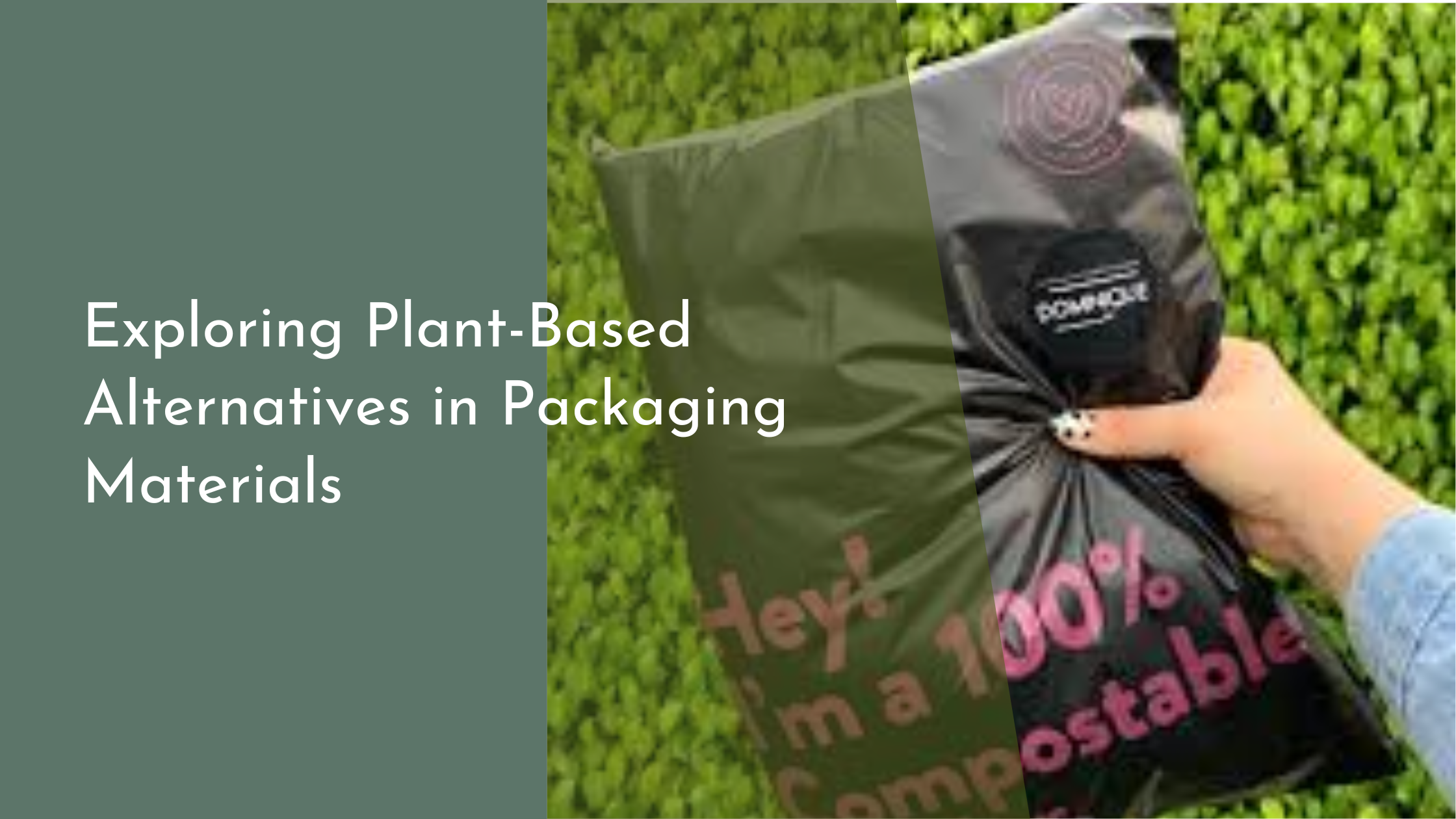Exploring Plant-Based Alternatives in Packaging Materials
In recent years, there has been a significant shift in the way industries approach sustainability, particularly in packaging. As the global focus intensifies on reducing environmental impact, plant-based alternatives in packaging materials are gaining traction. These eco-friendly solutions offer a promising avenue to combat pollution and resource depletion, aligning with both consumer preferences and environmental mandates. This article delves into the rise of plant-based packaging, explores the benefits and challenges of these sustainable materials, and envisions a greener future.
The Rise of Plant-Based Packaging Solutions
The shift towards plant-based packaging solutions is largely driven by growing environmental awareness and consumer demand for sustainable products. As the detrimental impact of traditional plastic becomes more evident, companies are compelled to explore alternatives that are not only biodegradable but also derived from renewable resources. Plant-based packaging materials such as polylactic acid (PLA), made from fermented plant starch like corn, are gaining popularity due to their reduced carbon footprint. These materials are not only compostable but also capable of fulfilling the functional requirements of traditional packaging.
Moreover, technological advancements have accelerated the development of innovative plant-based materials. Startups and established companies alike are investing in research and development to create next-generation solutions, such as packaging made from seaweed, mushroom mycelium, and cellulose derived from agricultural waste. These pioneering efforts not only offer a feasible solution to the plastic pollution crisis but also open the door to a new era of sustainable industry practices. This growing market not only addresses environmental concerns but also provides an opportunity for businesses to differentiate themselves as leaders in sustainability.
Key Benefits of Using Sustainable Materials
One of the most significant benefits of plant-based packaging is its positive environmental impact. These materials are typically biodegradable or compostable, significantly reducing the burden on landfills and the natural environment. Unlike conventional plastics derived from petroleum, plant-based alternatives break down more quickly and safely, minimizing the risk of long-term pollution. Furthermore, the production of these materials often requires less energy and results in lower greenhouse gas emissions, contributing to a decline in the overall carbon footprint associated with packaging.
Besides ecological advantages, plant-based packaging can also enhance brand reputation and consumer trust. Today’s consumers are more environmentally conscious and expect companies to demonstrate responsibility in their business practices. By adopting sustainable packaging, companies can effectively communicate their commitment to environmental stewardship, which can lead to increased customer loyalty and market differentiation. This not only benefits the planet but also aligns with a growing segment of the market that values sustainability and ethical sourcing in their purchasing decisions.
Challenges in Transitioning to Plant-Based Options
Despite the clear benefits, transitioning to plant-based packaging materials is not without its challenges. One of the primary hurdles is cost. Currently, the production of plant-based materials can be more expensive than traditional plastics due to the relatively smaller scale of production and the need for specialized processing techniques. This cost disparity can be a significant barrier for companies, especially small and medium-sized enterprises, looking to adopt these sustainable options without drastically impacting their bottom line.
Another challenge is infrastructure. The existing recycling and waste management systems are largely designed to handle traditional materials, making the integration of plant-based alternatives complex. Adequate facilities for composting and processing these materials are not widespread, which can hinder their effectiveness as a sustainable solution. Additionally, there is a need for clearer labeling and consumer education to ensure that plant-based packaging is disposed of correctly, maximizing its environmental benefits and avoiding contamination in traditional recycling streams.
As we move towards a more sustainable future, embracing plant-based alternatives in packaging materials presents a promising path forward. While challenges exist, the benefits to the environment, consumer trust, and brand reputation make it a worthwhile endeavor. As technology advances and economies of scale are realized, these solutions will become more accessible and affordable. By investing in plant-based packaging today, we take pivotal steps toward reducing our ecological footprint and paving the way for a greener, more sustainable future.

